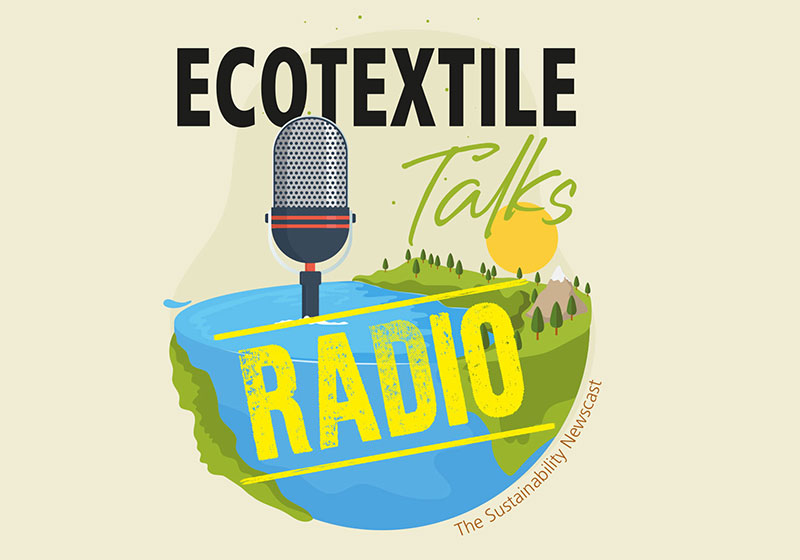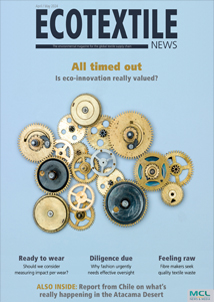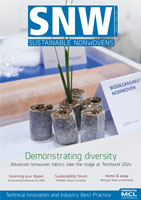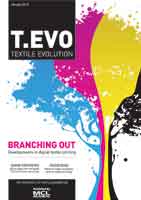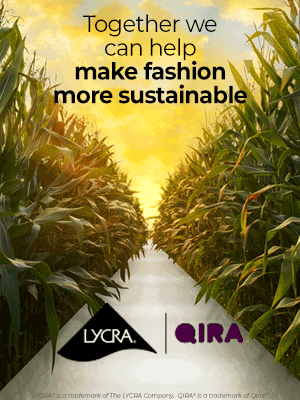WAKEFIELD – In the latest Ecotextile Talks podcast, we hear from John Frazier, senior technical director at textile testing, certifications and product labels authority Hohenstein, about the organisation’s Eco Passport chemicals verification system.
Frazier is the latest industry figure in the hot seat, joining host Phil Berman to discuss the benefits of the scheme, which assigns chemical suppliers rankings based on the sustainability credentials of their formulas and level of disclosure.
“What we’re trying to do is build a system where the factory uses the buying guide, finds the better chemicals and starts bringing them in,” Frazier told us. “If we’re successful, we make that system very strong with plenty of chemistries to choose from and we make it easy to find them.”
With up to 8,000 individual chemicals used in the textiles industry, Hohenstein has identified that it’s almost impossible for brands and other customers to identify “better” ingredients.
To help provide order, Hohenstein has developed an open-access platform, “available to everyone who has a computer or phone” that can be filtered by supplier name or chemical type to determine the credentials of a given formula.
Though brands greatly benefit from what is in essence a catalogue of curated chemicals, the Eco Passport scheme affords suppliers of better chemistries the opportunity to work their way up the three available tiers in order to broaden their appeal.
The first requirement is that suppliers have their chemicals cross-referenced against a database of around 1,500 that Hohenstein believes shouldn’t be in the supply chain because of the risks they present. Once any ingredients of concern are overcome – by way of identifying safer alternatives – suppliers can answer more probing questions on factory stewardship, relating to wastewater among other things, to reach Eco Passport level two.
Finally, if these two requirements are met, a site can opt-in or out of a site visit in order for Hohenstein to verify claims. If the German organisation is satisfied, the third and final level is reached, which is thus far the furthest a supplier can go.
“We think there’s a lot of benefits (to doing this), the first being that it shows up in the buying guide and it starts to be visible to the places where they’re using chemicals,” Frazier said.
“Anybody can look in here and find chemicals, that’s a big win in itself because we have to make chemicals more available in general to the industry. The second thing is, if they go all the way to level three, we think it helps them with a drive that many brands have now of trying to push all their chemical suppliers to the highest level of confirmation.”
Looking ahead, the technical director teased that ongoing work could yield new levels to the accreditation process.
“We’re working on some ideas on how to get beyond level three, getting even more proactive around the identification and removal and verification of other hazardous chemicals, nothing is official yet and I know other organisations such as the ZDHC is looking beyond,” he concluded.








